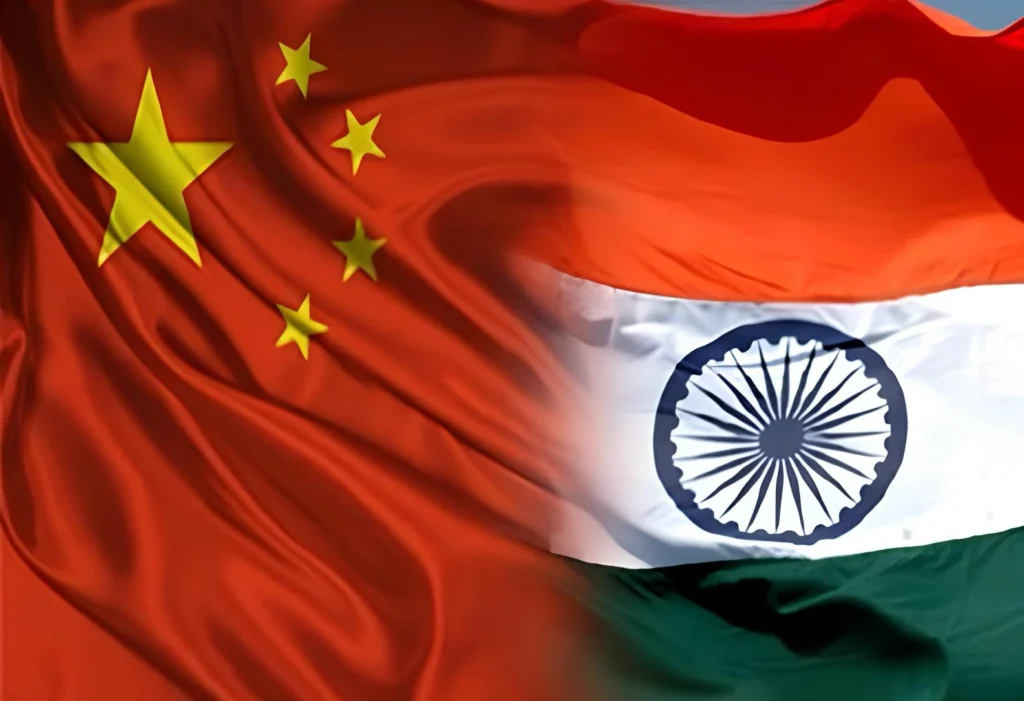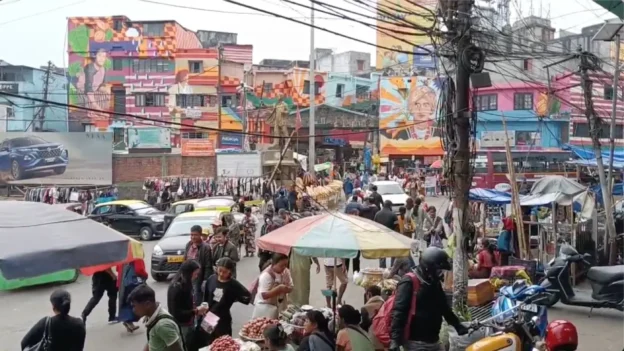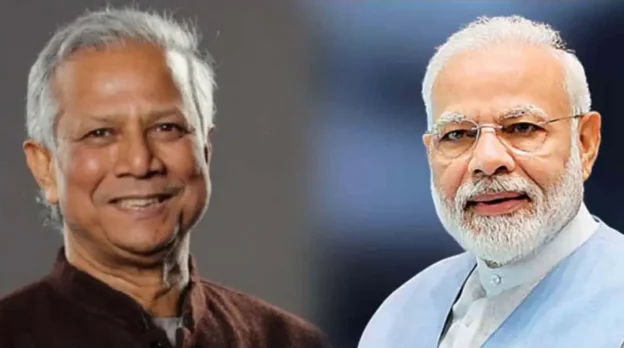The uproar in India over Beijing’s fresh attempts to build infrastructure and develop counties in disputed territories along the Line of Actual Control (LAC) raises critical questions about de-escalation efforts. Despite the ongoing process of disengagement, Chinese actions seem to undermine the principles necessary for maintaining peace and tranquillity in the border areas. These developments call into question the sincerity of Beijing’s commitment to resolving longstanding issues.
India has raised its concerns and lodged protests against these provocative moves, which range from naming counties in Hotan prefecture, an area that India claims as part of its Ladakh region to constructing a dam on the Yarlung Tsangpo (as the Brahmaputra is called in Tibet). External Affairs Minister S Jaishankar recently informed Parliament that the immediate priority is ensuring disengagement at friction points to prevent untoward incidents. He added that the next step would focus on achieving de-escalation.
Jaishankar emphasised India’s position leading up to the disengagement agreement of that the large concentration of troops along the LAC contravenes the 1993 and 1996 agreements, reiterating that the management of border areas requires heightened attention following recent experiences. Notably, disengagement has been fully achieved in eastern Ladakh, including Depsang and Demchok, through a step-by-step process. “With disengagement completed, it is our expectation that discussions will commence on the remaining issues we have placed on the agenda,” Jaishankar stated in Parliament.
While the External Affairs Minister noted shared efforts for peace and tranquillity, he acknowledged that the unprecedented incidents of 2020 necessitated multiple responses. However, Beijing’s habitual violations of agreements and its post-2020 behaviour have rarely demonstrated a commitment to such efforts. Despite this, the October 2024 disengagement agreement is seen as a step forward, one that Beijing might be reluctant to disrupt.
Challenges to de-escalation
Prickly issues remain unresolved. During a recent discussion at a conference organised by The Borderlens in Guwahati, Prof Srikanth Kondapalli pointed out that true de-escalation requires China to remove armoured vehicles, missile systems, and other military assets still positioned along the LAC. These items, which violate existing Confidence Building Measures (CBMs), exacerbate tensions and erode trust.
Chinese troop movements into sensitive areas like the Depsang plains and Demchok highlight the fragility of the disengagement process. Such actions raise doubts about whether disengagement will achieve its intended objective of fostering peace along the LAC. India has consistently maintained that normalcy in India-China relations hinges on peace in the border areas, a stance reiterated by Jaishankar during the recent parliamentary session.
Jaishankar underlined the importance of a principled approach, noting that restoring tranquillity along the border has been a priority since 2020. However, reports of infrastructure developments in Hotan and Tawang—including the naming of new counties and construction activities—cast doubt on Beijing’s intentions. These developments further highlight the trust deficit, particularly with the introduction of the term “escorted patrols.” According to Prof. Srikanth Kondapalli, a New Delhi based expert on China, this arrangement, where Indian and Chinese troops escort each other during patrols, underscores the “lack of confidence on both sides.”
Persistent trust deficit
China’s history of altering the status quo and violating agreements continues to fuel scepticism. Prof. Kondapalli has in an interview with the Sunday Guardian opined although temporary structures such as tents have been removed, permanent military installations, including underground defence systems, remain intact. This underscores Beijing’s reluctance to fully comply with disengagement commitments.
The issue of patrolling and the restricted access to 10-17 patrolling points for Indian troops since the Galwan clash remain contentious topics in Working Mechanism for Cooperation and Coordination (WMCC) and corps commander-level meetings. These forums aim to address patrolling-related disputes and other ground realities.
A comprehensive understanding of the situation necessitates examining the historical context. China occupies approximately 38,000 sq. km of Indian territory, with Pakistan’s ceding of 5,180 sq. km in Pakistan-occupied Kashmir further complicating matters. Frequent claims over Arunachal Pradesh, referred to as Zangnan or South Tibet by Beijing, also heighten tensions.
Since the Galwan conflict, India has engaged China at senior levels. These engagements have involved the External Affairs and Defence Ministers, as well as the National Security Advisors. Detailed discussions have taken place under the WMCC and Senior Higher Military Commander’s (SHMC) mechanisms, with 17 WMCC and 21 SHMC meetings held since June 2020. The disengagement agreements reached on 21 October 2024 regarding Depsang and Demchok were outcomes of these intensive negotiations.
Efforts and future prospects
Jaishankar’s bilateral discussions with his Chinese counterpart in Astana (4 July) and Vientiane (25 July), as well as high-level meetings between National Security Advisors in St. Petersburg (12 September), were pivotal in addressing disengagement and broader bilateral relations. The recent agreement has allowed nomadic communities in Demchok to resume access to traditional grazing grounds and significant local sites. Verification patrols have confirmed disengagement, and regular activities have resumed in line with the agreed understanding.
Following the 21 October agreement, Indian Prime Minister Narendra Modi and Chinese President Xi Jinping met on the sidelines of the BRICS summit in Kazan on 23 October, welcoming the progress made. Subsequent meetings between Jaishankar and Chinese Foreign Minister Wang Yi at the G20 summit in Rio de Janeiro (18 November) and Defence Minister Rajnath Singh’s discussions with his Chinese counterpart at the ASEAN Defence Ministers’ Meeting in Vientiane (20 November) underscored the need for continued dialogue and confidence-building measures.
While these engagements signify progress, lingering mistrust and Beijing’s actions continue to cast a shadow over bilateral relations. The road to true de-escalation and normalcy remains fraught with challenges, necessitating vigilant efforts to ensure that peace and tranquillity along the LAC are not compromised.







